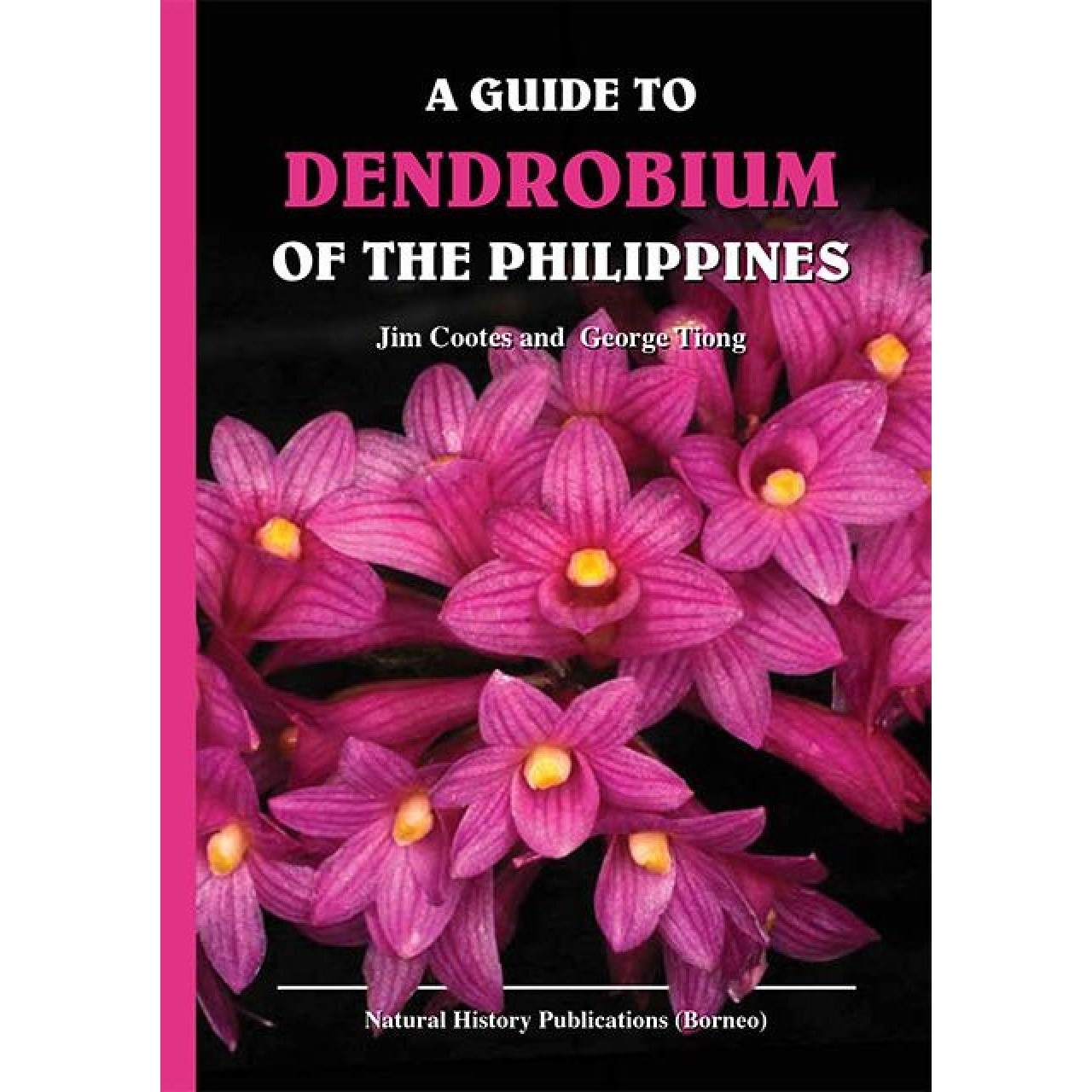




A Guide to Dendrobium of the Philippines
- Including 9% Tax: €15,50
- Excluding VAT: €14,22
- Free shipping in the Netherlands from €50,-*
- Ordered before 5 p.m. on working days? Shipped the same day!
- 14-day money back guarantee
- We are happy to think along!


















